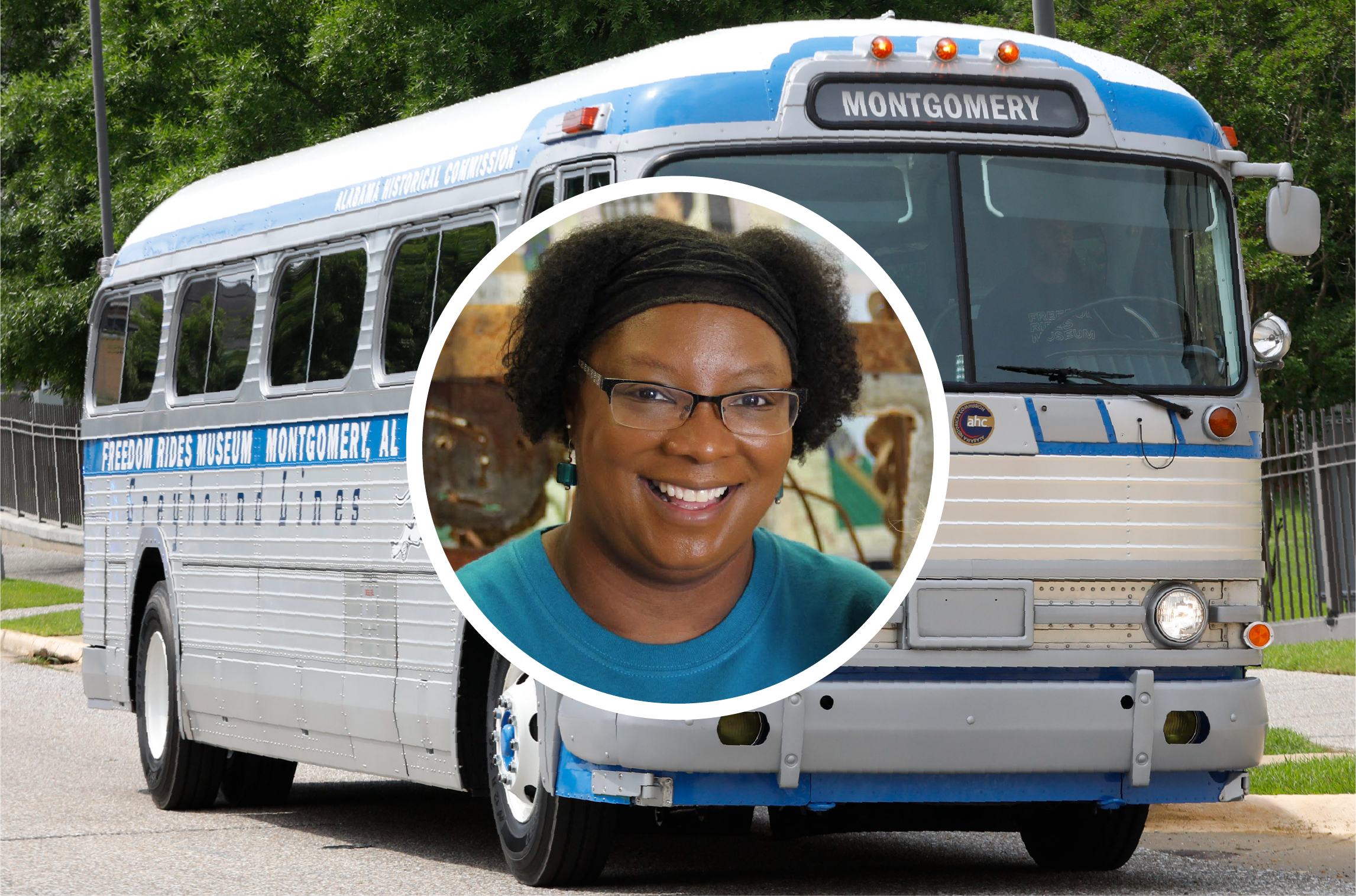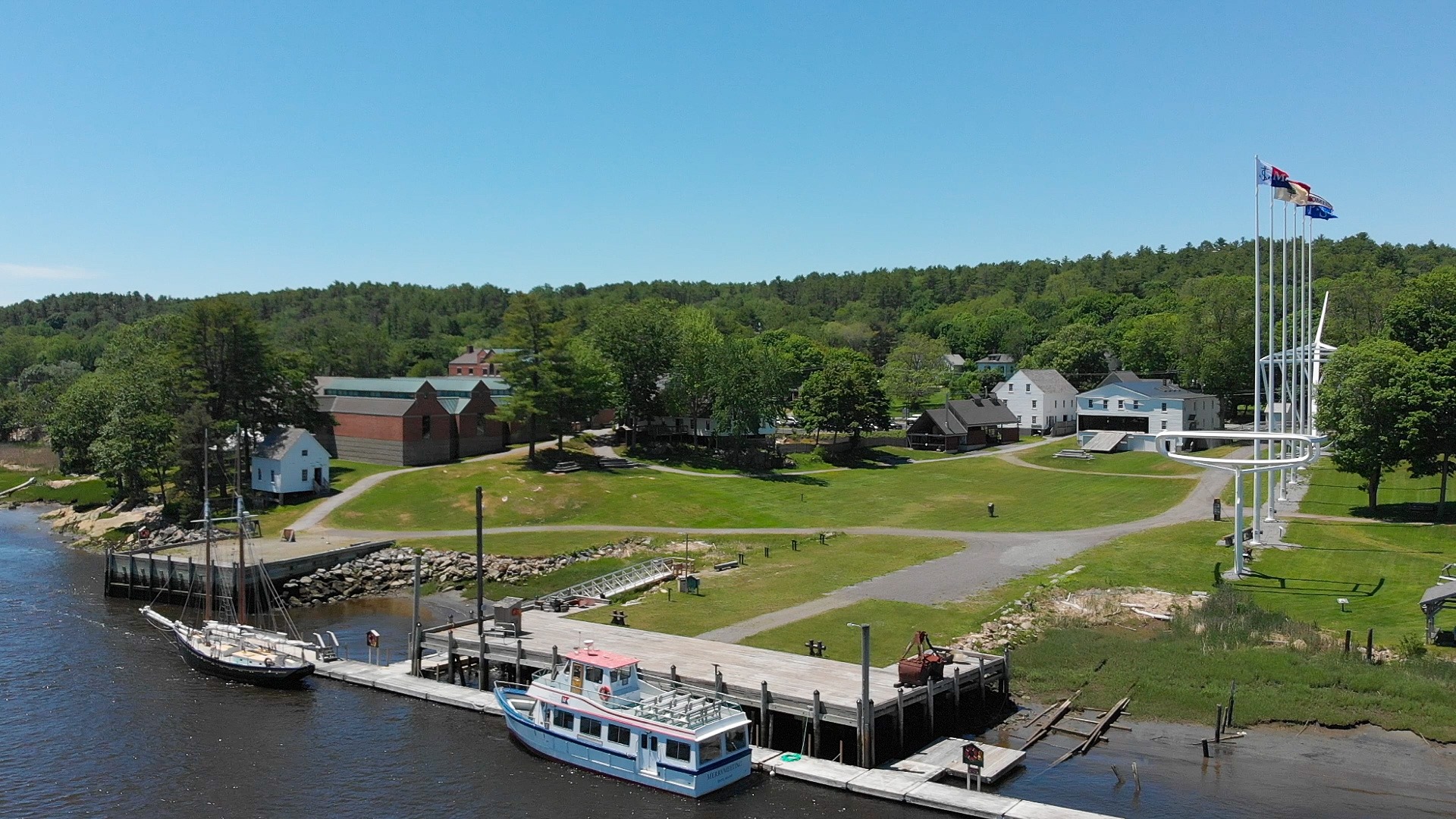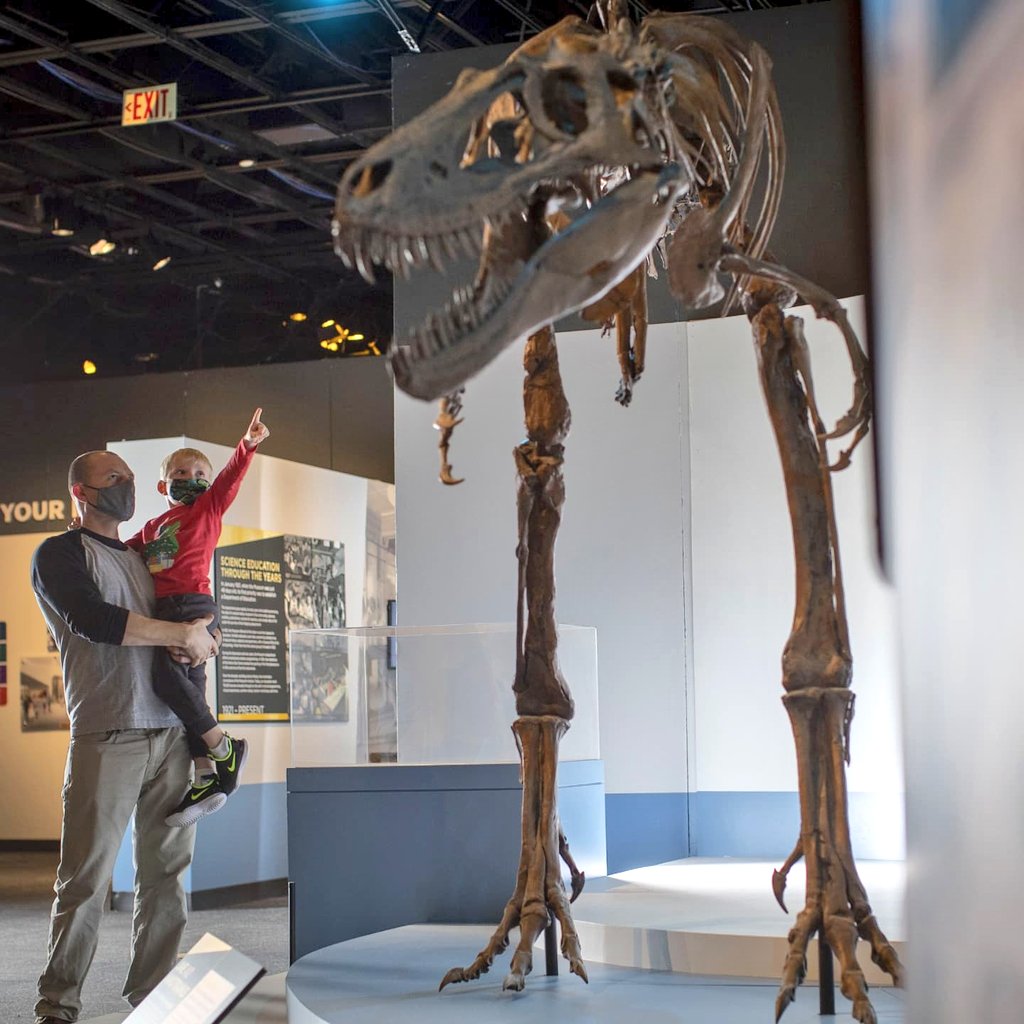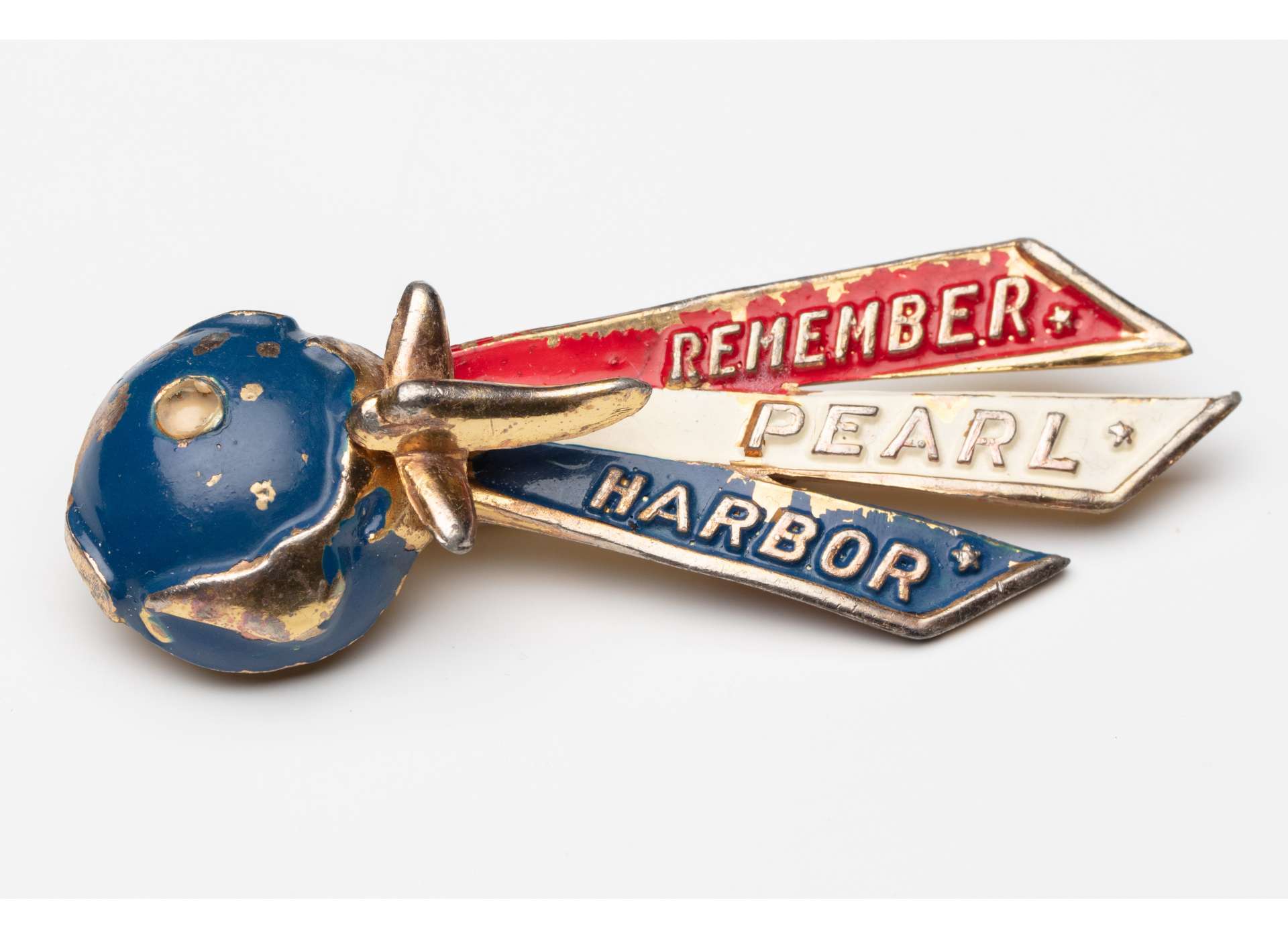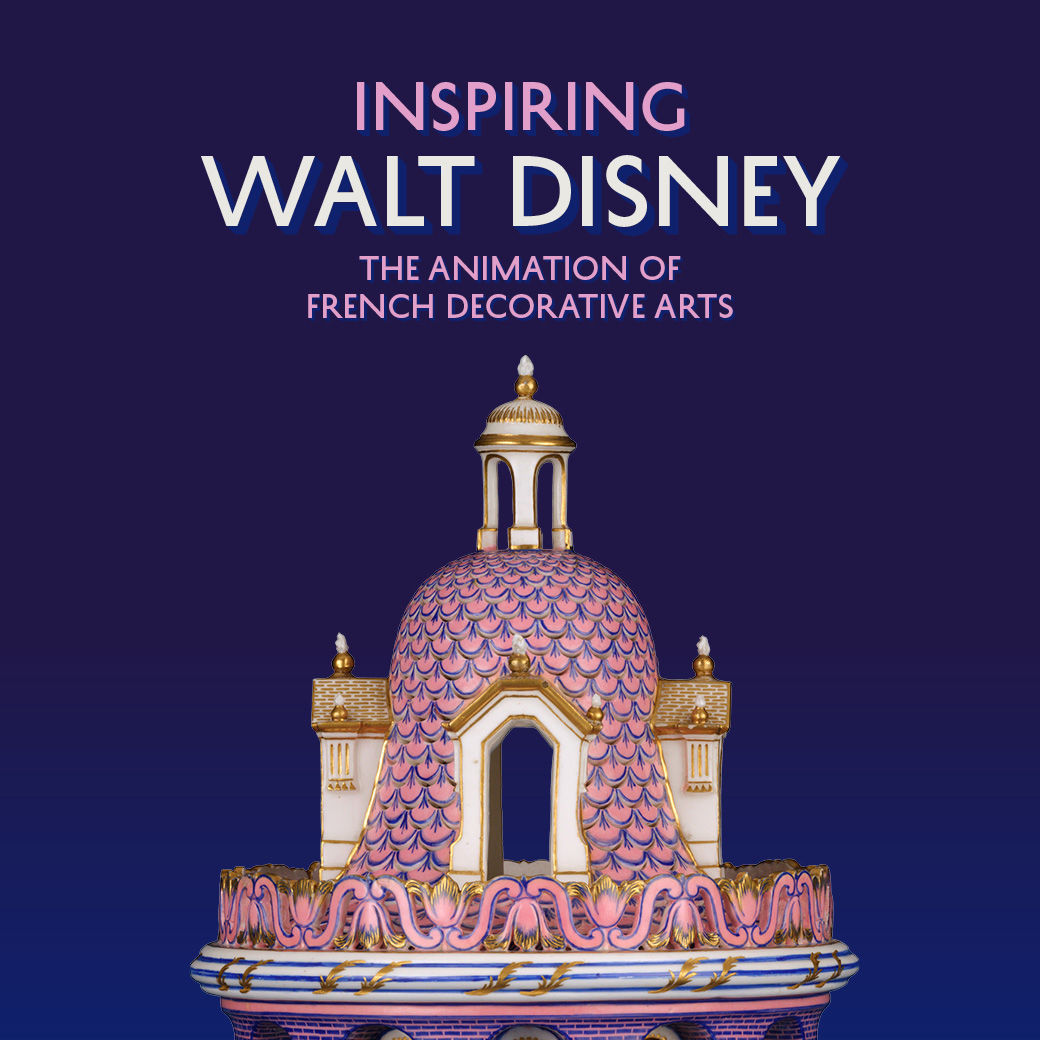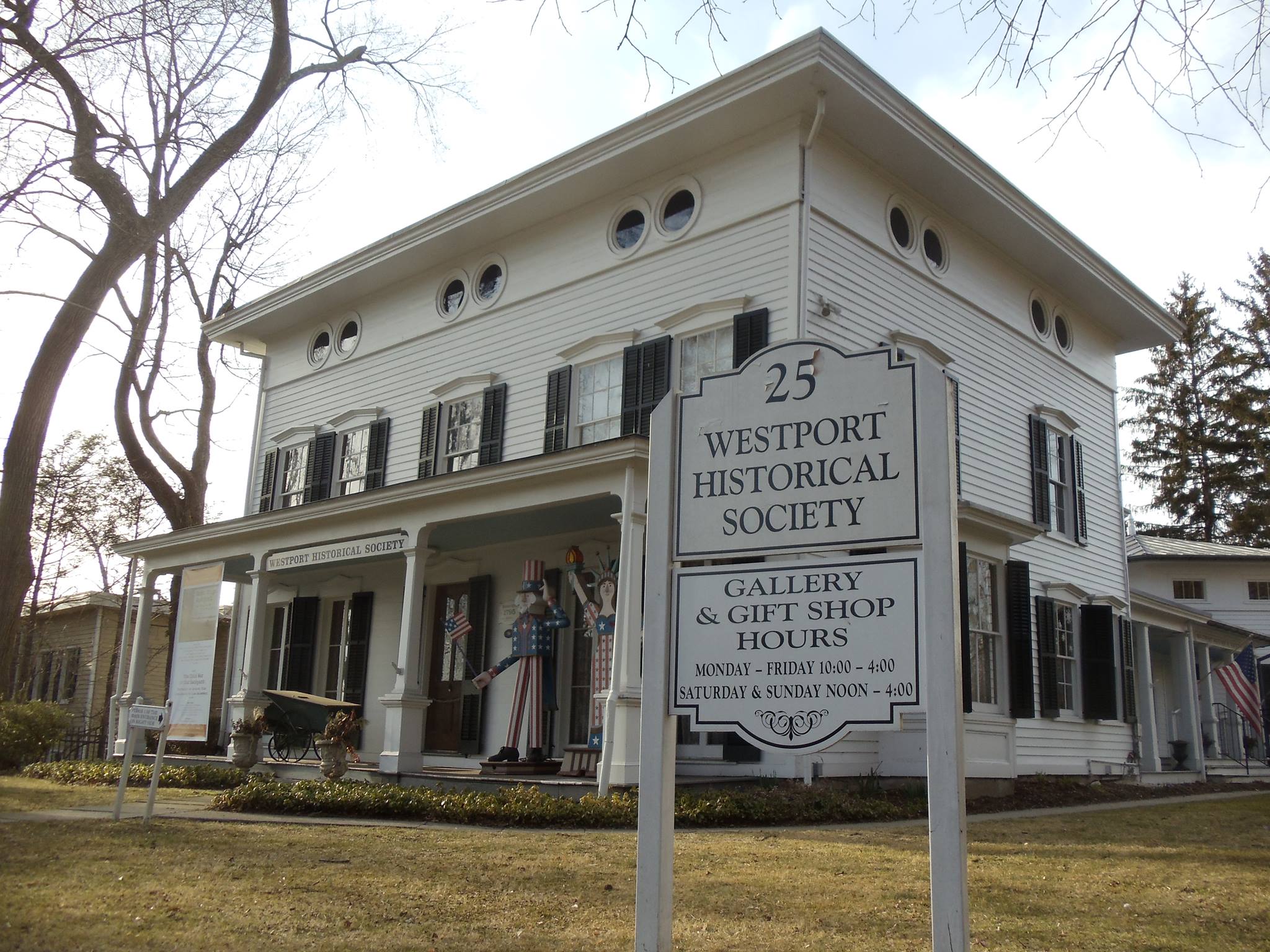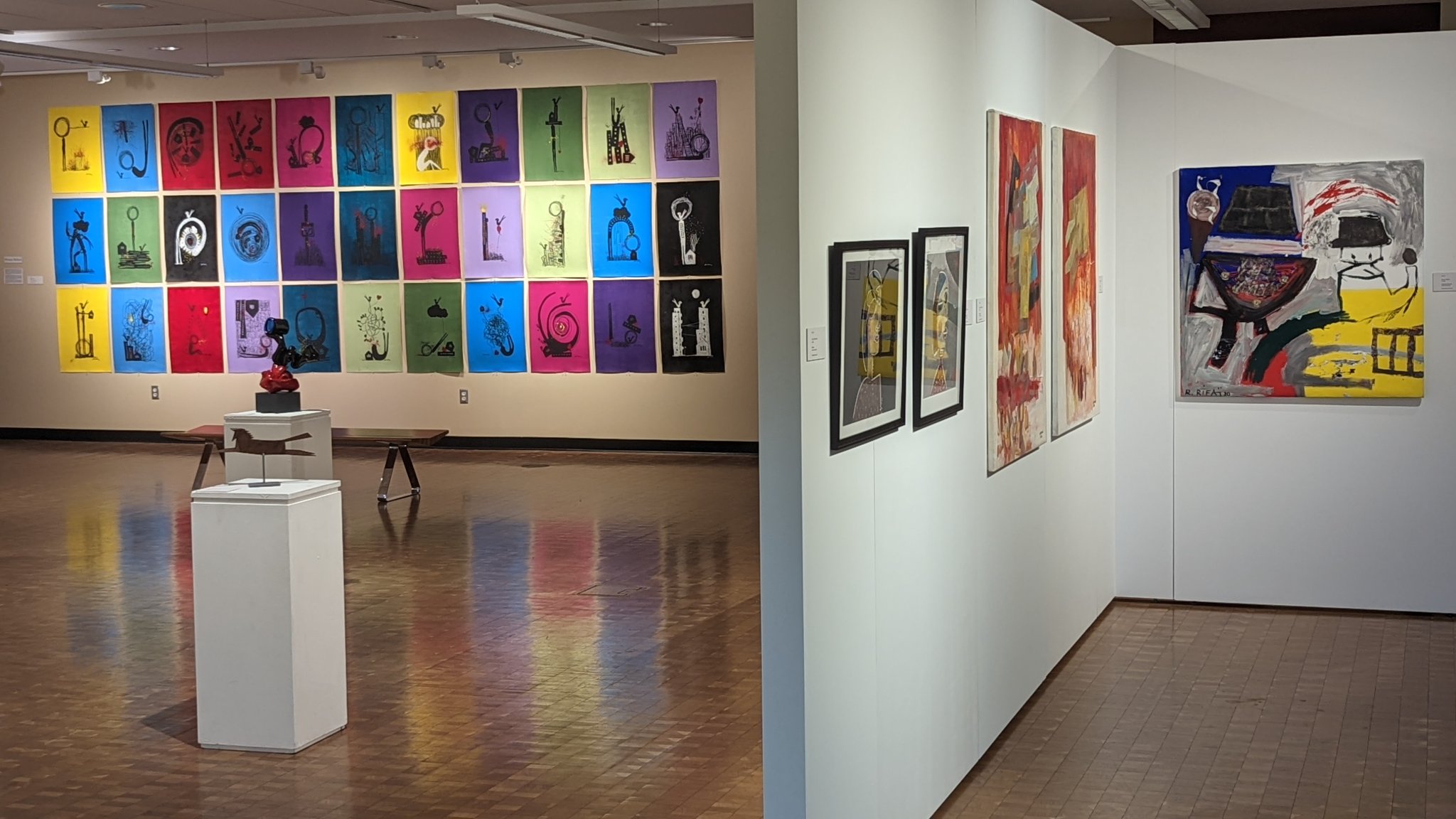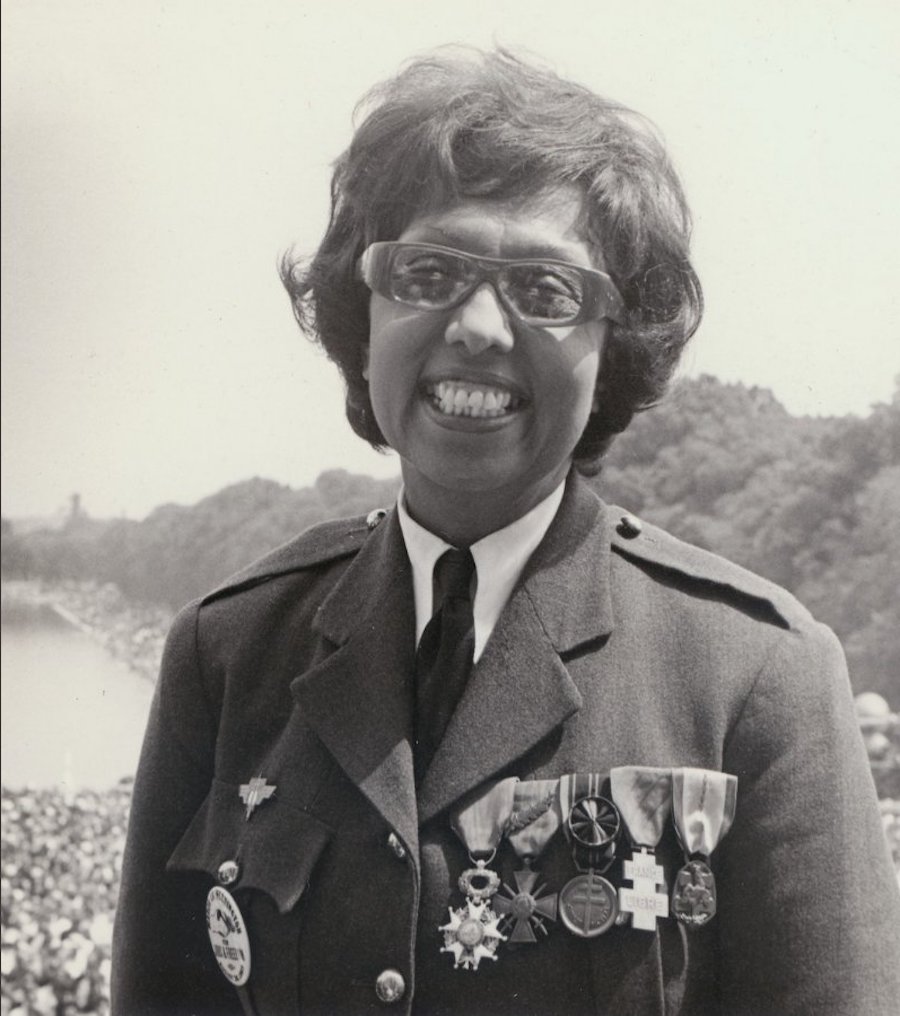Kim Kuta Dring, Cummer Museum of Art & Gardens
Kim Kuta Dring is the Director of Education at the Cummer Museum of Art & Gardens in Jacksonville, FL. She oversees the Museum’s educational programs, docents, and community partnerships. After graduating with degrees in biology, Kim started her career in non-profit education at a nature center in Utah. In 2004, she transitioned to a children’s museum where she worked in education and exhibition development and moved to Florida in 2018 to join the Cummer team.

How has the museum adapted to the changes caused by the pandemic?
I feel like we’ve been handling it surprisingly well. In addition to the pandemic, which has hit everybody in different ways, it was around that same time that our director announced that he was leaving. So it was a little bit of a double whammy and I feel like we’ve weathered that well. We have an excellent team, and our interim director, who’s our Chief Advancement Officer, has been fantastic. So we have really not just maintained, but I feel like quickly pivoted to find some new and different ways to engage our visitors even during the pandemic.
When the stay-at-home orders were first issued in March, how did the Museum respond?
I vividly remember getting ready to shut down on March 14th and having very intensive conversations leading up to that, and really thinking that it was going to be for three weeks. We went through the calendar and cancelled or postponed anything more immediate, but in the backs of our minds, we were thinking, “We’ll be able to come back on site soon. We’ll be able to have a little bit more business as usual.” I don’t recall exactly when, but we quickly realized that wasn’t going to happen.
We were preparing for our in-person Arts for All Festival, which is a festival that we’ve run annually for 20-something years. It’s four straight days of on-site museum experiences in the galleries, specifically for students with differing abilities. We secure sponsors to support this effort in a variety of ways, including providing transportation to the Museum for these students, and it’s really an experience that everyone looks forward to. One of the bigger and probably harder decisions we had to make was thinking about what to do with this festival because it was quickly right around the corner.
We were thinking about the health and safety of especially those students who may have some differing abilities or compromised immune systems. So we quickly decided to postpone the Festival, thinking, “We might do something in the fall or have some smaller moments over the summer.” What we ended up doing was developing a virtual version of the festival that we just launched a couple of weeks ago. It was an interesting process and the first time the Museum put together a virtual event of that nature.
What other ways did you pivot towards digital content?
We knew we wanted to stay in touch with people. We didn’t know exactly what that would look like, but we have a really great Strategic Marketing and Communications Director, so she knew we wanted to use the website and our social media channels and continue to let people know what the museum’s up to. There was a good chunk of time where our only engagement was digital. We developed a new Engage page of our website and the education team developed some digital resources that people could go to.
I think at that point, we might have had two videos on our YouTube channel, so we ramped that up as much as possible. Our marketing team has done a really great job. It’s a team of two people, and they work with another person on our visitor experience team to help us film art-making videos. Our Events and Programs Team then worked with a professor at UNF to host some lockdown lectures. So there was a series of, I believe, four lectures that were offered during that shutdown period. The education team, we were planning for our summer camp, which we pivoted to virtual and started in June, a couple of weeks before we re-opened the gardens. It’s a lot of pressure because we’re trying to get it to look as great and feel as amazing as the museum experience without us having a lot of experience in that type of content development, but it’s been fun and everybody’s really embraced it.
Once we did get closer to reopening the museum, we were working with some of our community partners. So in addition to doing a virtual summer camp, we offered virtual field trips for out-of-school time providers. We worked with the local Boys and Girls Club, the local school district and their summer camps, and Duval Academy, which is a local residential facility for young men who have gotten in trouble with the law. That laid the ground work for how we are engaging visitors this fall, knowing that most people are not traveling.
How have things been since reopening?
We opened the gardens in June and then we opened the full museum on July 21. For both garden and the full museum, we moved to timed ticketing and online purchases only. We have the day broken up into two-hour time blocks. So visitors can choose the morning time block, then we have a half-hour break where we can do some more deep cleaning in addition to the cleaning and sanitization that we do along the way. Then we open up the next two-hour time block. Visitors can stay the whole two hours, or they can stay ten minutes if they want. When we reopened, we wanted to be available to those who want to come and enjoy are definitely taking advantage of it.
What have some of the challenges been?
We had a traveling exhibition from the Brooklyn Museum that had just opened in January. There were a lot of behind-the scenes conversations between museums and organizations that were lending and traveling exhibitions on how to move forward. The museum’s not open. No one’s traveling. No one’s handling art. So how do we make these things happen? We just de-installed that exhibition, Striking Power, a couple of weeks ago. They figured out some great virtual ways to help with that rather than having all the people that would normally travel. The field is getting creative with how we do our work and still maintain the safety and security of the objects.
Some people were worried that, because of COVID, a search for a new director might take even longer than usual because people are being careful and may not want to relocate, but the response has actually been really good. We did a national search and we’re really excited for our new director, Dr. Andrea Barnwell Brownlee. She’s coming to us from Spelman College Museum of Fine Art.
Before the pandemic and with our last director, we re-focused on quality, access, and fun throughout the entire museum. We want to show the highest quality art works, we want to provide access for anyone in the community locally, regionally, nationally, and we all want to have fun while doing this. The art museum experience needs to be a moment of joy and fun and bonding and connection and not a quiet, “don’t talk” type experience.
How has the museum responded to the social changes happening and the discussions around social justice?
We’ve always had a great relationship with many schools and we were doing a lot of work with them. But it was very important for us and, especially the education team, to focus on serving the whole child. In addition to the school, the family is going to be the ones that spend the most time with them. A healthy and stable family environment leads to really positive outcomes for those children and for the family as a whole. The community thrives when families and children thrive.
So we had started working with lots of different community organizations who are actively serving children and families, and that kind of became our outlet into listening to what the community needs. We can provide a tour, but that isn’t the only thing. Can we learn more about what these families are talking about? What are they worried about? Can these museum experiences be opportunities for connection and de-stressing and finding joy and relaxation and being together, so that we’re less focused on the academic outcomes of a museum experience and more focused on those social outcomes and conversations that come out of it?
Part of our last director’s vision was to support the great work that we were already doing by having someone on staff at the executive team level. Our Director of Community Engagement & Inclusion is Wanda Willis and she’s reaching further into communities, especially communities who may have more needs or more gaps in opportunities. Wanda’s role is to strategically connect with organizations and individuals to find the best ways for the Museum to support them through our work as an art museum and community resource.
When we’re talking to the organizations, we hear time and time again that they just want the kids and the families to know what’s available to them. Even if a kid or family is not interested in art, they might find the gardens really engaging and really peaceful. They might find some joy in these types of experiences, so they just want to broaden their awareness of what’s available in the community and the world around them, and then that leads into discussions about career readiness and career pathways. We’re really starting to get into these much deeper conversations to broaden the opportunities for everyone in the community.
In thinking specifically about social justice, Wanda also worked with some of our team members to start a “Culture and Conversations” series. She was a moderator for a conversation with a series of local artists and activists who are Black and live in the Jacksonville community about how can the Cummer help serve their needs. How can the Cummer be a place for the community? What can we do better? What suggestions or feedback do they have, what opportunities are out there? And a lot of people were feeling like that’s one of the first times that the Cummer really has publicly asked those types of questions.

How do you think that the museum field will be permanently changed by the pandemic and the conversations that have been developed around social justice and inclusion?
We’re in this moment and it’s not a new moment, necessarily. Museums have been talking about this for a while, but as with everything, I think there’s that tipping point where now is the time to change. Some museums have been ahead of that and had already started to make shifts. The conversation in the museum field is about equity, it is about sustainability, it is about changing the narrative and presenting full and honest stories of art works and people, and not trying to literally white-wash the story.
We can’t ignore any painful or sensitive or what some people might feel like are inconvenient parts of a conversation. These are realities and truths and we can’t be connected communal society if we’re missing half of the conversation and ignoring the truths of so many people that had been an integral part of building this country to where we are today. And it’s not just this country. Museums around the world and communities around the world are having these same conversations.
What do you think the Cummer Museum will look like in the future?
We have a new director, so we’re certainly curious to see what her vision is going to be. But I see the foundation that we have laid most recently of focusing on community, quality museum experiences, and quality artwork. That definition of quality sometimes can feel subjective, but it really is going to be the highest quality artworks that also reflect the vision of the museum at that time. I think we’re going to be having lots of conversations with local and national artists, we’re going to be featuring artists of diverse backgrounds more prominently, and just having ways to share those artists’ stories with people on a more regular basis.
When we’re talking about diversity, we’re thinking of Black, Indigenous, and People of Color, women, transgender people, people who are deaf or hard-of-hearing. We want to show that artists are people and not miss that part of the story as well. That also leads into our artwork and our collection reflecting our community, our staff members reflecting our community, and then our experiences reflecting the needs and interests of our community as well. So as we continue to dial in to exactly what those are, exactly what our community wants and needs, and who the people that are coming to the museum and not coming to the museum are, we’ll have a really great sense of what the museum is going to look like. I think it’s going to be very lively.




